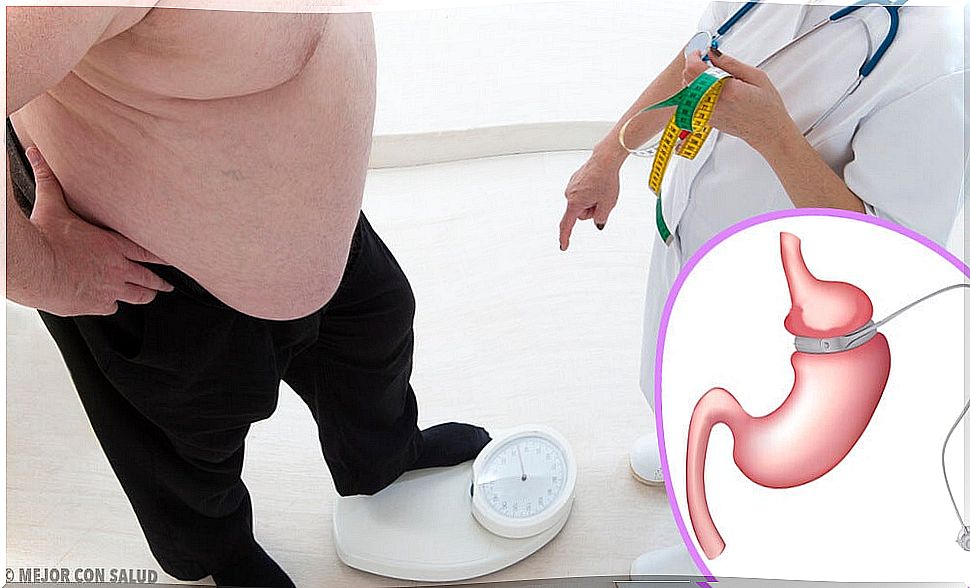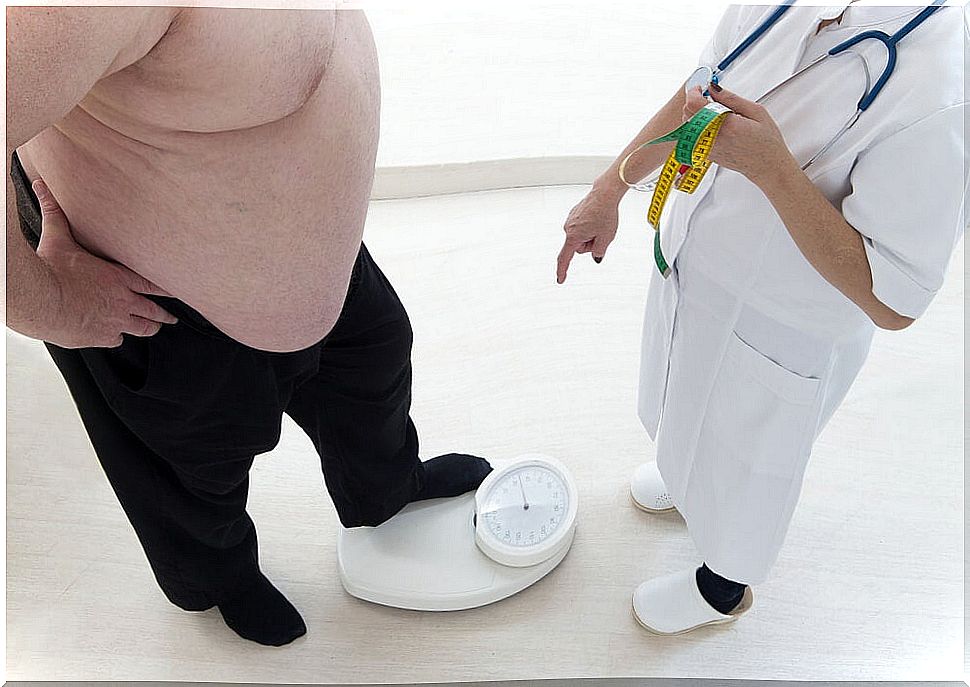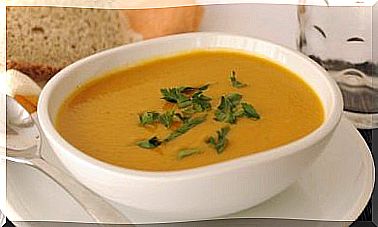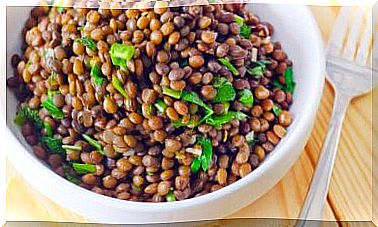Gastric Bypass: What It Is And What Does It Consist Of
The main use of gastric bypass is to lose weight. It is a practice that carries several possible risks, so it is always used as a last option.

The bypass gastric is a process for reducing the stomach to a minimum size and is connected to the small intestine, usually to the jejunum. Its main purpose is to allow the operated patient to lose weight.
By considerably reducing the space of the gastric cavity, the amount of food that the individual can consume is also reduced. In addition, the person is satisfied faster after the intervention. Ultimately, the appetite is reduced and the patient loses weight.
On the other hand, by avoiding part of the small intestine, fewer calories are absorbed, along with other nutrients from food. All this leads to a rapid loss of weight by the subject in a short period of time, through a malabsorption syndrome.
Who undergoes gastric bypass ?

This type of surgical intervention appears frequently as a treatment for morbid obesity. A patient is determined to be morbidly obese when he or she has a body mass index (BMI) well above the average.
These people often suffer from other diseases. The most frequent are cardiovascular diseases, type 2 diabetes and high blood pressure, among others. Complications, added to the high weight of the patient, increase the risk of mortality and decrease the quality of life of the subject.
However, not all morbidly obese people can undergo gastric bypass . The medical team will decide whether or not the patient is suitable for such a procedure through a series of tests that assess their general condition.
In addition, the impact of the operation on the life of the patient must be assessed. Possible risks may not outweigh its benefits.
Gastric bypass procedure
After fully anesthetizing the patient, the team makes several incisions throughout the abdomen. The objective is to separate the muscles and introduce the necessary instruments. The most widely used tool is the laparoscope. In addition, other materials are used to illuminate the abdominal cavity, section and staple the tissue.
Normally, gases such as carbon dioxide are introduced into the cavity to inflate the abdomen and better view the viscera. Probes can also be placed to collect excess fluid, whenever necessary.
The stomach is then divided into two cavities. The upper part is connected to the esophagus and is small in size. The lower part is not functional, but it is not usually removed to continue producing gastric juices.
In the next step, the initial part of the small intestine, called the duodenum, is removed. Thus, the new stomach is joined with the next portion of the small intestine, called the jejunum, and sutured. Finally, the two parts that divide the new stomach are stapled and the incisions in the abdominal wall are closed.
In this way, food passes directly from the stomach to the jejunum, bypassing the duodenum. The lower part of the stomach and the initial portion of the small intestine remain inactive and the absorption of nutrients is reduced.
Side effects of gastric bypass

The most frequent complications of this procedure are the following:
- Nausea and vomiting: they are usually caused by a food intake that exceeds the new capacity of the stomach.
- Dehydration and malnutrition: By avoiding part of the small intestine, fewer nutrients are absorbed. For this reason, anemia and osteoporosis can occur.
- Rapid gastric evacuation: there is a too rapid transition of food that has begun to be digested into the small intestine.
- Gastric acid leakage due to a fistula: This complication is based on an abnormal opening of the stomach. The acid content escapes and this leads to a progressive deterioration of the gastric wall. For this reason, ulcers form easily and there is a permanent sensation of heartburn in the patient.
- Alteration in intestinal transit: manifests itself in the form of diarrhea or loose stools, caused by poor absorption of fluids in the small intestine.
- Abdominal distention: swelling in the patient’s belly.
- Internal bleeding
Gastric bypass prevention

One way to prevent gastric bypass would be to lose weight naturally, since that is the ultimate goal of the operation. For this, the doctor may advise a healthy and balanced diet, combined with moderate physical activity.
It is important that the patient does not try to resort to weight loss methods that have not been recommended to his doctor as well as to miracle diets, since these only bring decompensation to the body and, even, malnutrition.
Ultimately, it is appropriate to note that smoking, alcohol, or drug use affect the patient’s quality of life and are risk factors for developing obesity.








